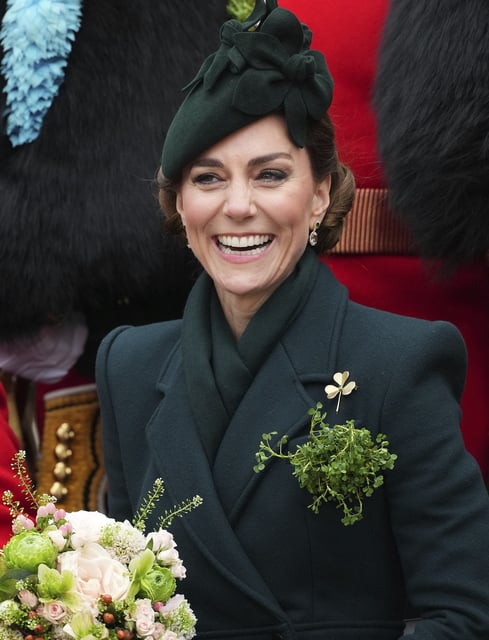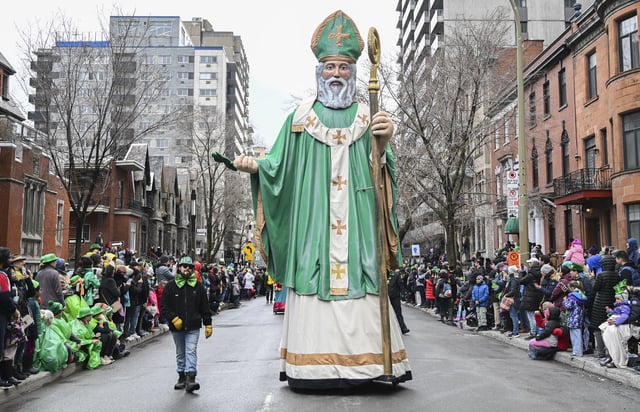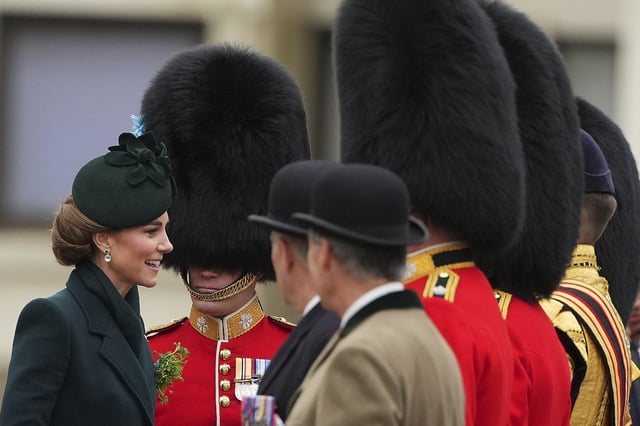Overview
- St. Patrick’s Day was originally a solemn Catholic feast day associated with the color blue, not green.
- The adoption of green as a symbol of Irish nationalism began with the 1798 United Irish rebellion against British rule.
- St. Patrick, a fifth-century Romano-British bishop, played a key role in spreading Christianity in Ireland but did not introduce it to the island.
- Popular myths about St. Patrick, such as driving snakes out of Ireland and using the shamrock to explain the Holy Trinity, are not supported by historical evidence.
- Modern St. Patrick’s Day celebrations, especially in the U.S., reflect Irish immigrant pride and have transformed into global festivities emphasizing Irish culture and heritage.


